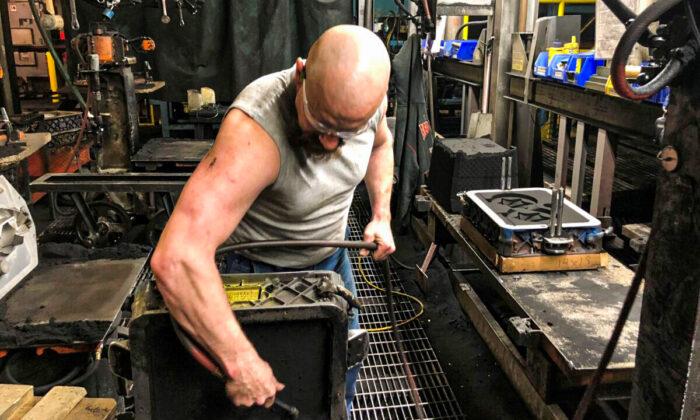U.S. inflation is heating up despite improvements in supply chain pressures.
Although supply chain disruptions showed signs of easing, inflation remain stubbornly elevated, as average prices charged for both goods and services rose in February at the fastest rate since last October.
The PMI report registered 50.2, a jump from 46.8 in January, for the highest reading in eight months, signaling a marginal rise in output after seven months of continual decline.
Despite a boost in January, the goods production sector has tumbled into its steepest downturn since 2009, except for the period during the pandemic lockdowns.
Service Sector Improves While Manufacturing Remains Sluggish
The beginning of the year also saw growth largely confined to services, partially due to a warmer winter this year, while manufacturing continued to decline.However, it should be noted that the services’ activity gauge still remains below its long-run average, hinting that the boost may be temporary.
The amount of goods bought by manufacturers fell for a seventh straight month in February, generating another decline in inventories as firms sought to control cost overheads.
The downturn in the manufacturing sector took pressure off raw material prices, allowing supplier delivery times to see their sharpest improvement since May 2009.
On the other hand, average goods and services prices rose to their steepest rate since October, partly caused by additional wage pressures, but the increase was the second smallest since late 2020.
This suggests some worrying stickiness to inflation, despite the easing of supply chain pressures.
The manufacturing downturn has also weakened suppliers pricing power.
Concerns Rise that Rising Wages Will Accelerate Inflation
However, their is a rising concern that a wage-price spiral will accelerate price growth and lead the Federal Reserve to push for higher interest rates.Higher borrowing rates, in turn, may suppress any of the nascent expansion recorded by the February PMI surveys.
“The improved supply situation has taken price pressures out of manufacturing supply chains, but the survey data underscore how the upward driving force on inflation has now shifted to wages amid the tight labor market,” said Chris Williamson, Chief Business Economist at S&P Global Market Intelligence.
“By potentially stoking concerns over a wage- price spiral, accelerating service sector price growth will add to calls for higher interest rates, which could in turn subdue the nascent expansion.”





